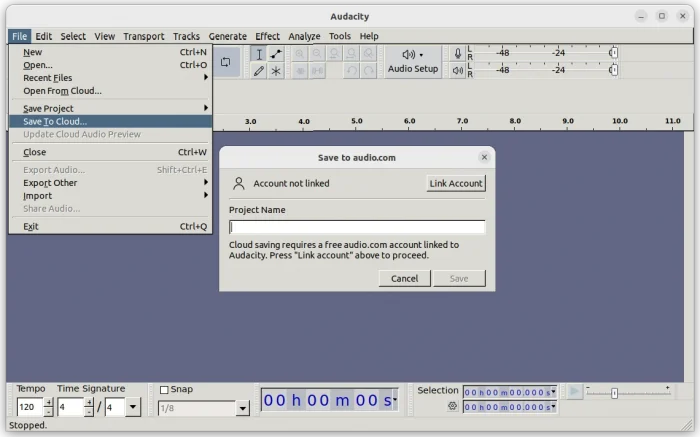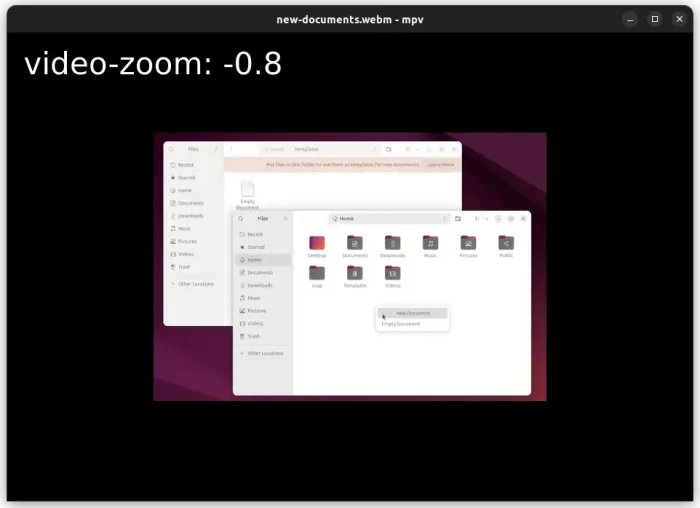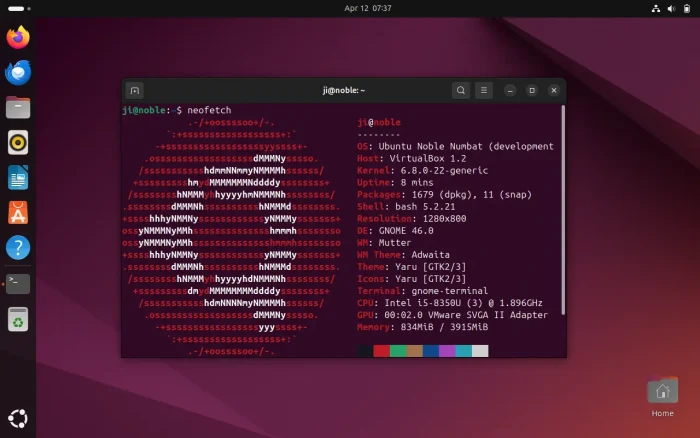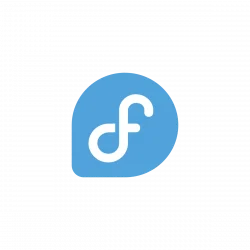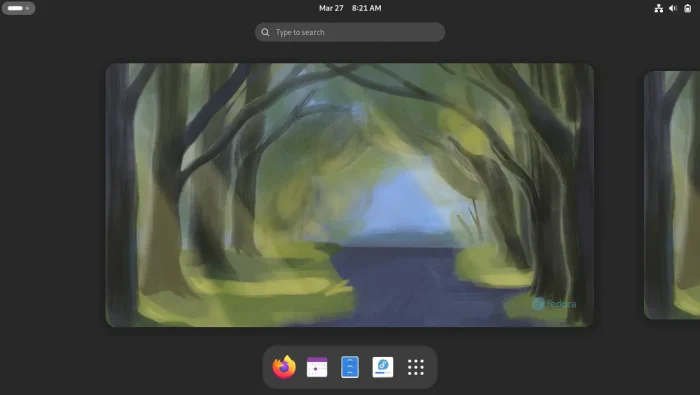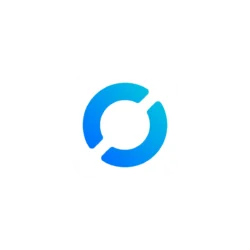Audacity, the popular free open-source audio editor, release version 3.5.0 (then 3.5.1 with quick-fixes) few days ago.
Audacity 3.5.0 is a major release with new features. They include a new cloud-saving feature. By going to menu ‘File -> Save To Cloud …’, user can save Audacity project to audio.com via a free account. So, user can access the project from any other devices, and/or share and collaborate with others.
NOTE: this feature does NOT work in my PPA package, since it’s built with Debian upstream rule that disables network access! If you do prefer this feature, please leave comment below, or use the official AppImage package instead.



